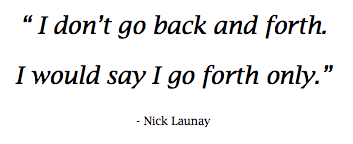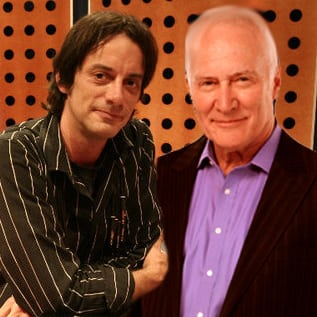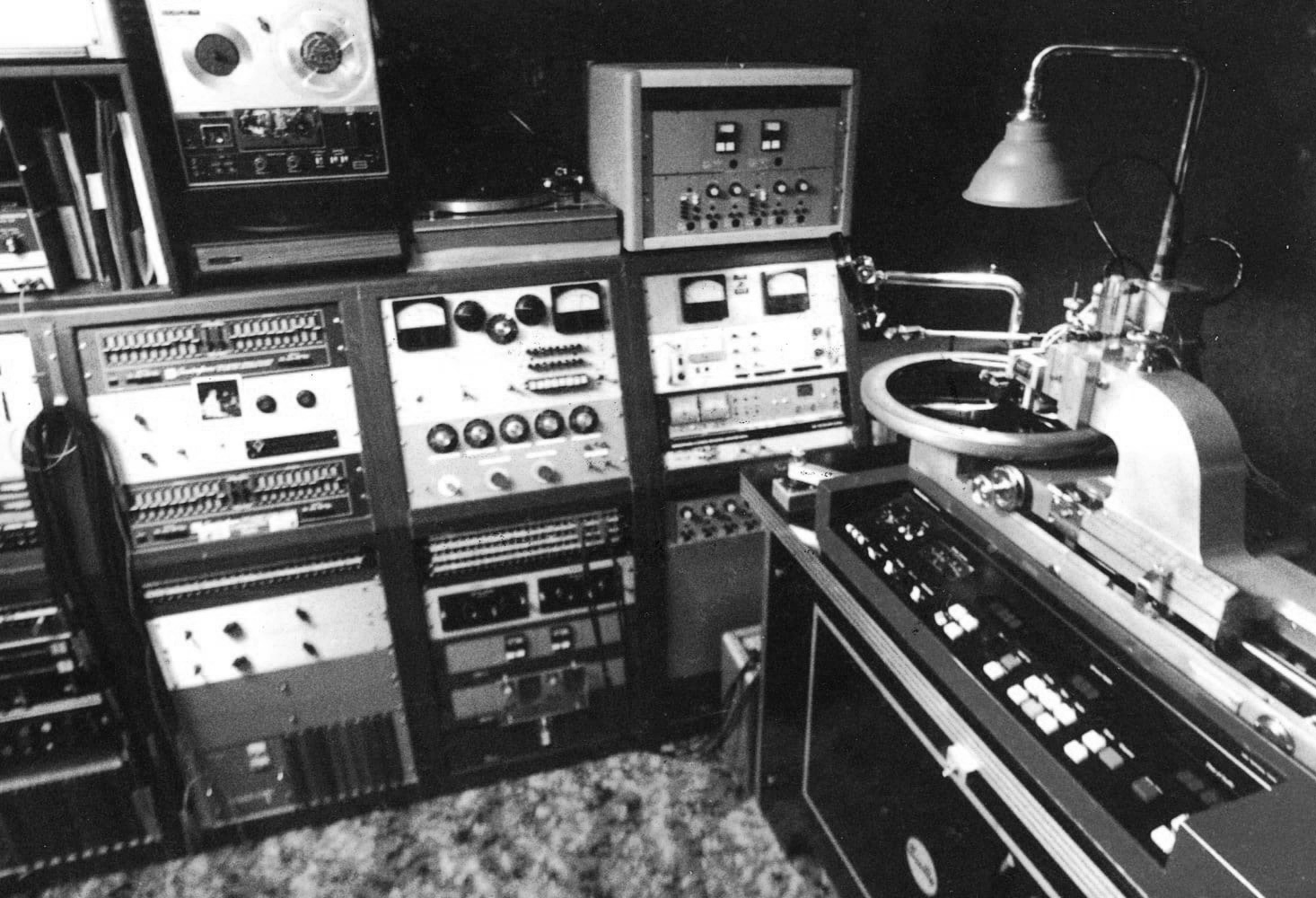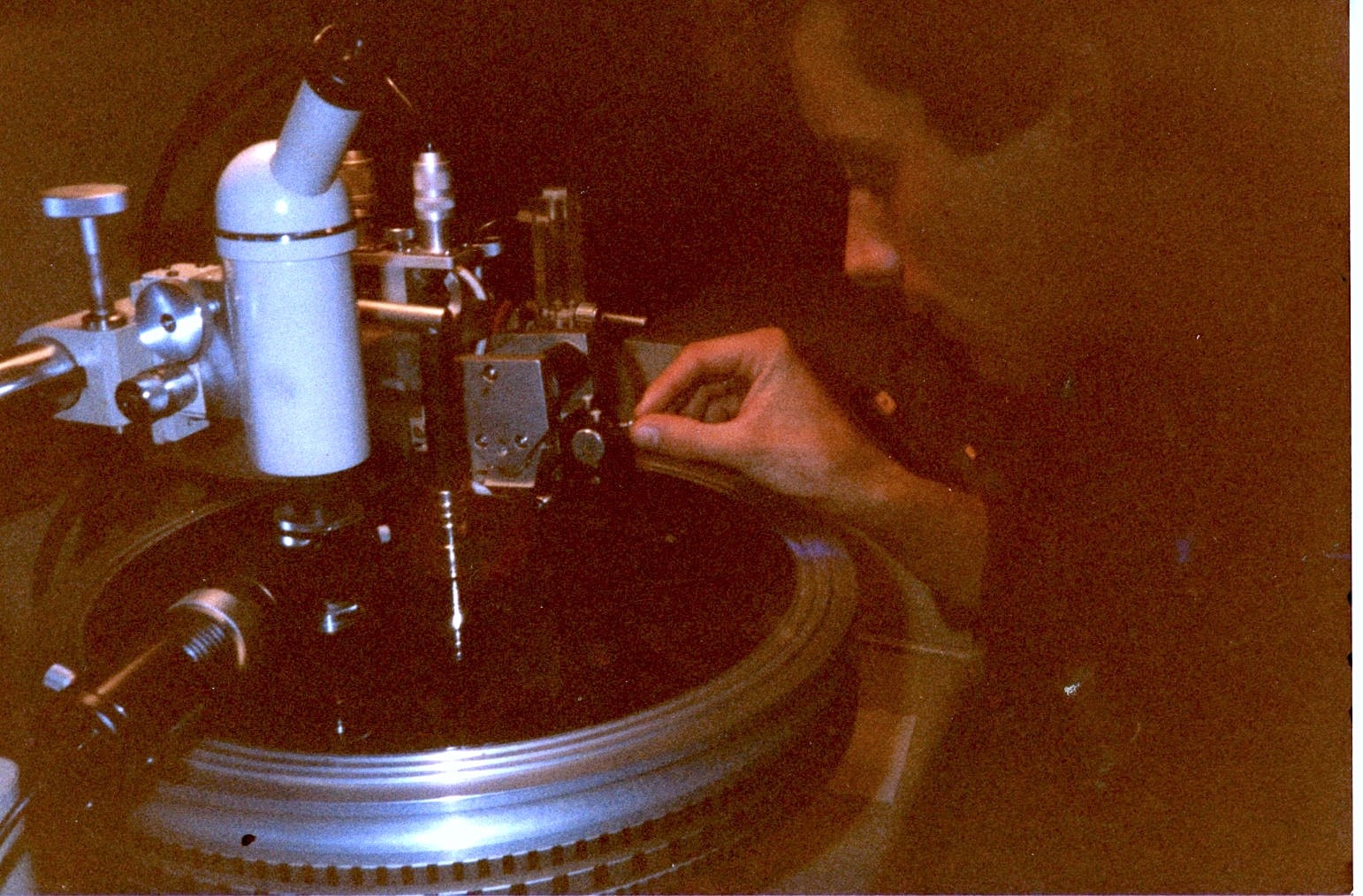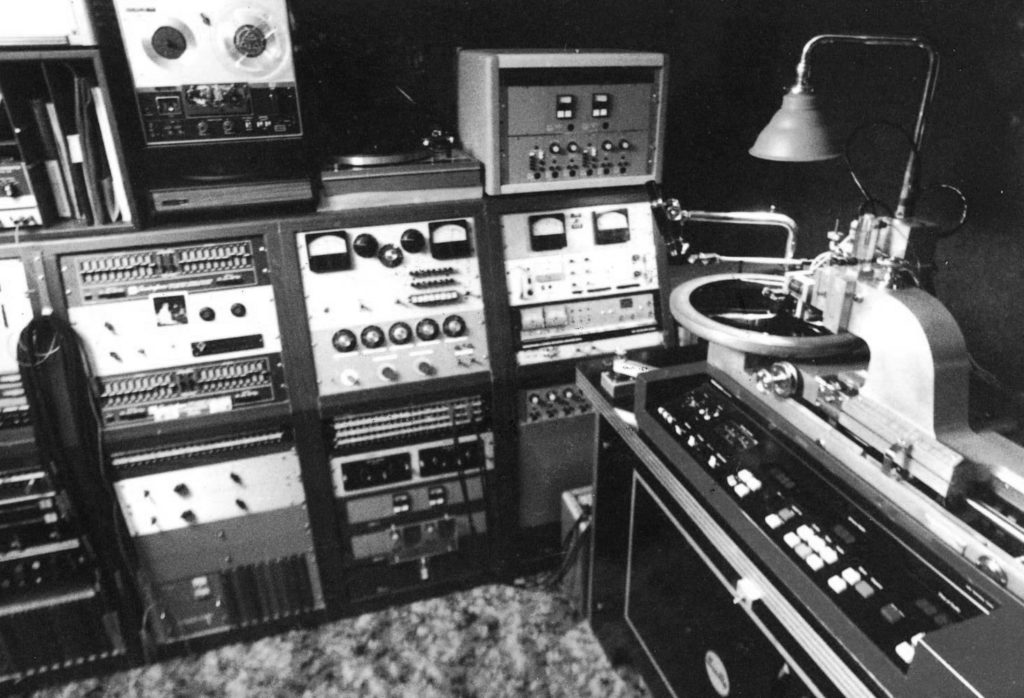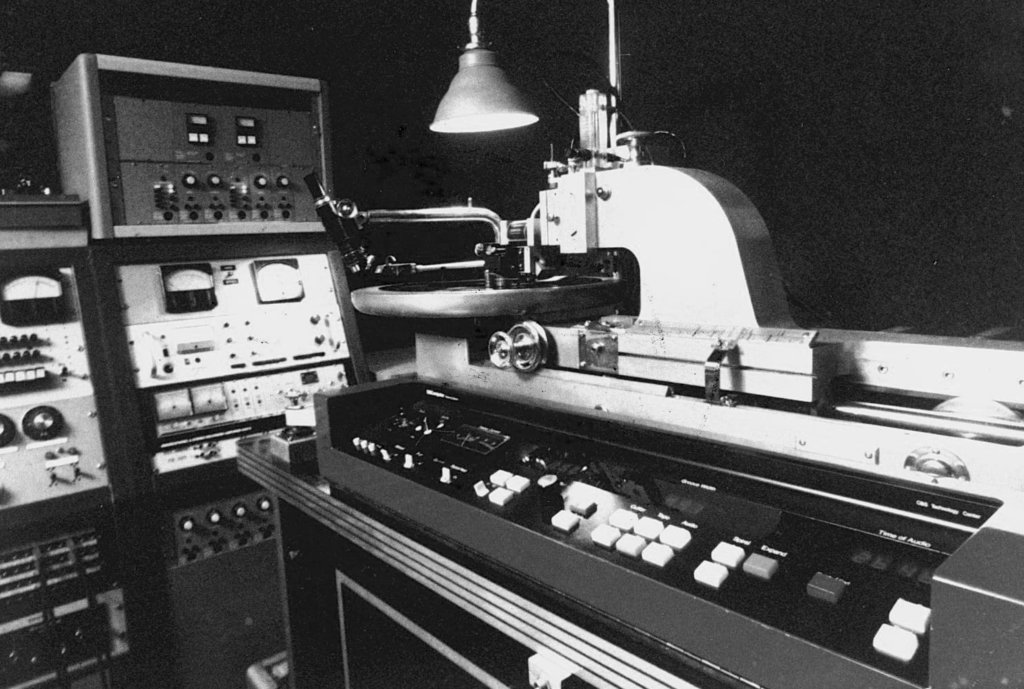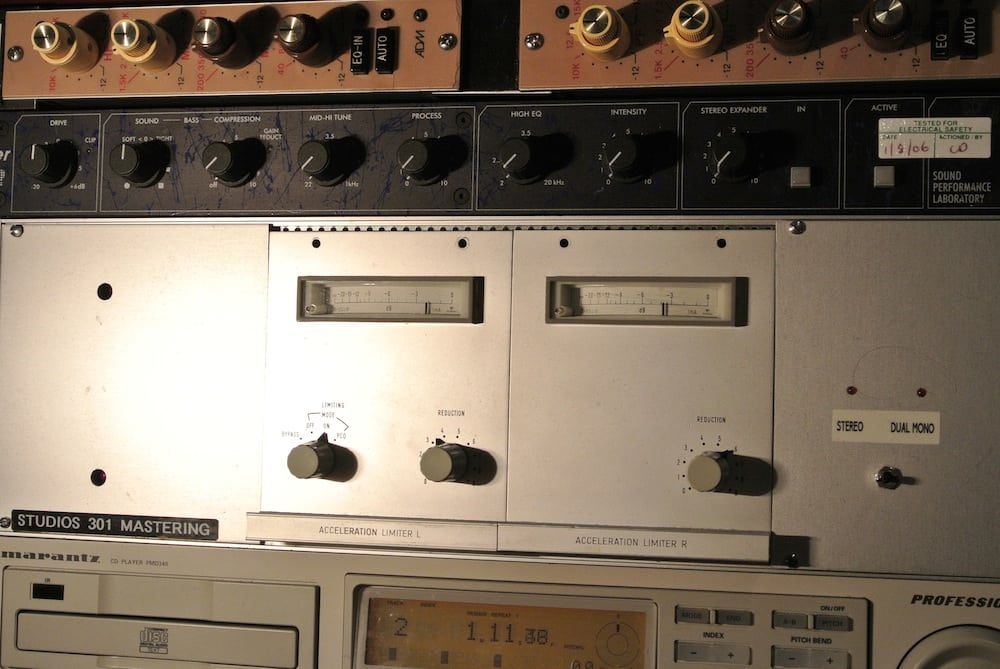Steve: Since moving to Castlereagh Street there has been some great projects coming through. One recently was for Dean Lewis – tracks, he has got a couple of hits out on the radio, prior to that we had done a couple new singles for him. It’s been really good; he’s got a great voice. What is the other stuff we have been working on?
Simon: I remember you were talking a little earlier about Tash Sultana and being quite wrapped with her.
Steve: Tash Sultana blows me away, she needs to move to a bigger venue like The Enmore because every time I try and get this here at the Newtown Social Club it is fully booked out, you can’t get in. She’s incredible.
Simon: I think I actually saw she was playing at the Metro the other night.
Steve: She could easily pack that out.
Simon: Someone has been listening to you.
Steve: Yes.
Simon: Have you considered having maybe like a management company or an A&R? Steve Smart A&R and Management? And just industry advice.
Steve: That would be great, get some cash. But since moving to Castlereagh Street the changeover from the Alexandria studio is open to the new Castlereagh Street, or I should say the old Castlereagh Street
Simon: It’s a homecoming
Steve: I got to explain it. The original studio is where EMI Studios 301 started from. It used to be eight floors of EMI, the mastering studios were on Level 7, the recording studios were on Level 8. So we actually left that building when 301 was taken over. I think it was round about 2000 when they built new studios in Alexandria.
Simon: I think the opening date that I saw on one of the plaques around was the end of 1999.
Steve: Right.
Simon: They were tracking stuff for the Olympics.
Steve: Yes. They started building it I guess the beginning of 1999 or something. So they built those studios just to be a bit bigger, because Castlereagh Street… although you could do a full orchestra there, it needed to grow because the music industry was changing. People required the use of smaller studios, not necessarily large studios. Record company budgets were changing, so 301 built a larger complex with a large studio but also satellite studios or smaller studios around it, which proved to be quite successful.
And then after the studio opened in 1999/2000 mastering still actually existed in Castlereagh Street for I think round about another possibly eight years or something, I would have to check on the numbers and the dates and stuff like that. So we were still on Castlereagh Street for quite some time, and then eventually the acquisition was made of a building next to Mitchell Road in Alexandria and then we moved mastering over there; this was round about 2000, 2008, I would have to check on that.
So we have been there for quite some time. Now what’s happened is I guess the gentrification of Alexandria; as everything, it is going to be turned into apartments. So 301, relocating once again and building a brand new studio just down the road a bit in Alexandria in Ellis Avenue which is going to be phenomenal. And I’ve seen the plans and what they are actually starting to build. I mentioned it was 45%, 50% completed, so we should be there I think probably September, October.
But in the interim I am actually back at Studio 301, well, what used to be Studio 301, Castlereagh Street, which is kind of weird I’ve got to tell you. I’ve got all my new equipment that I had had in Mitchell Road in Alexandria, but it’s back in my old room. At first I was a little bit nervous about changing rooms, I thought, “Ah, this is going to be a little learning curve again.” We did the changeover where I said, “Look, just don’t book me for about a month or a month and a half, maybe even two months. I just really want to move in, get settled…”
Simon: Make the place feel like home again.
Steve: Yes. Just kind of re-understand the room again. Prior to leaving there I had done so many successful records in there that I knew it was a sort of no unproven entity, so I wasn’t that scared, but you always sort of got to readjust, resettle yourself to feel comfortable. So when we were relocating all the equipment we had a look around the room and, unbelievable, the marks, the impressions of the speakers from when we previously located there were still on the carpet. So we brought in the Duntech speakers that we currently use and the Duntech sovereign, the mastery monitors. We put them onto those impressions in the carpet, did a little fine tuning on the room and boom, it felt like home; it felt like I had never left. It must be like a riding a bike, you get it, you just understand it.
And the familiarity I guess was having my equipment there and the speakers I know so well in a room that I had previously worked in. So when we started doing some work, I just did some test mastering stuff. I had a really good listen to them, took them home, really happy with the results. So I said, “Look, okay, let’s just go ahead, let’s just start booking in some jobs.” So we did a few jobs and the feedback was incredible, it was like, “Wow! This sounds great. The stuff coming out of Castlereagh Street sounds incredible.”
I was pretty surprised that we were able to do the changeover pretty quickly and pretty seamlessly. All credit due to the technical staff that we’ve got; we’ve got Greg Cameron and Mo, and those guys just made the transition so smooth, it was pretty much just… And Harvey Sullivan, Mastering Coordinator Assistant, he went above and beyond the call of duty to make it as smooth a transition as possible. So I pretty much walked out of Alexandria, had Christmas, came back, sat down on the chair and started getting back into it again.
Simon Cohen: It sounds like you sort of gave yourself the best opportunity to really make the transition smooth, again going to a familiar room and equipment-wise not really kind of changing too much.
Steve: Yes.
Simon: Did you find that… so obviously over the years between being there last time and being back there, would you say that your sort of go-to tools or the equipment that has become your kind of staple now, has it sort of changed over that interim or was it kind of familiar pieces returning home as well?
Steve: No. Since first working at Castlereagh Street and then relocating to Mitchell Road, Alexandria, I have acquired a couple of more little tasty bits that I do kind of enjoy using.
Simon: Anything you’d care to share?
Steve: One of them would have to be my favourite, my go-to equalizer. It’s the Sontec Mastering Equalizer. It is pretty much a world standard in any quality mastering studio around the world; everyone’s got them. They have this incredible sound, they bring so much to the table as far as sweetening the song, bringing character into the song. All that said, I still have my trusty EMI TG EQs which are fresh out of… They were the EQs that were used on Abbey Road on quite a lot of the famous recordings of bands that worked out of that studio in the 60s. I can’t quite recall what the name of the band was, but it was a big one then. I still got the classic TG EQs, running some great converters there.
I think a good mastering studio really needs just a really good set of speakers, good equipment, but most importantly a good mastering engineer. You’ve really got to understand the product; experience sort of brings a lot to the table there. We’ve got, I think collectively the mastering engineers at Studios 301 have over 100 years experience or something like that, which is a pretty awesome sort of calculus when you think about it. Both myself and Leon combined I think we’ve got over 60 years together as mastering engineers. We must have worked on… I guess if you are doing a record every day or an album every day sometimes you’re not. We probably have done hundreds and thousands of records.
Simon: I suppose compared to the things that a lot of producers get a chance to work on, where it is days or weeks or even months spent on a single project, the idea of the mastering gig of sort jumping between projects kind of on a daily basis. Is there anything that you kind of do to keep, not so much standardised, but I guess feel like you are not all over the place, but keep a certain element of consistency across all of that?
Steve: Well it is true Simon, on numerous occasions I have worked on albums that have taken anywhere between up to… I think I worked on a couple projects over the past that have been in the works for five years. It started with the rhythm tracks and then they brought in some extra musicians and some of the songs might have changed and they have replayed parts and they had it mixed by some engineers and possibly remixed it. You know, something that might have started in 2008 and gets finally brought onto the mastering engineer’s table in 2017 is going to have a few variables in there.
Particularly if there has been a lot of studios used – say the drums were tracked somewhere and the bass was done somewhere else and the vocal elsewhere and keyboards were overdubbed. So I have done quite a few records where they have been international like the drums are being done in say Nashville and the bass is being played in England by some ringing session or something like that and the keyboards might have been overlaid on the kitchen table at the band’s house or their home studio.
And then the vocals might have been, you never know, possibly even done by yourself at Studios 301. When you bring that to the mastering table I guess there are slight inconsistencies you might say between the tonal balance or the production balance or the artistic nature of each individual track. But in saying that each track, each song has its own personality, it’s own little beasty if you know what I mean. I think the job of the mastering engineer is just not to get in the way of that, not to kind of put a personality on the whole thing to make it oh so uniform and take away all the character
Simon: This is a Steve Smart master..
Steve: Oh yes, to over stipulate the fact. The true purpose of a mastering engineer to work out any abnormalities I guess or any discrepancies that might be I guess sort of potentially problem solving. Say if one track has got way too much tonal balance and low frequencies, perhaps if one song throughout the whole mixing stage, the guitars have perhaps been left a little bit quiet, mastering can bring that up. Even in the cases of perhaps if the vocals are a little bit too loud, in the mastering stage they can be brought down a little bit. But overall a mastering engineer will bring something to the table.
Where there is a good strong consistency of level between the tracks they will all sound within a certain uniform balance of each other. It’s like when you are listening to the album you won’t have to get up off your backside and go up and turn the treble up and down or adjust the volume control all the time. But I believe each song has its own personality, each song has a character. When you listen to a song it is almost like it speaks to you; it tells you what it needs, it tells you what it is, even down to the finer details of it. Like I have a choice of quite a few different equalizers, compressors and limiters. You’ll put on song and you’ll think “Aahh, this really deserves going through the classic EMI TGs” for that particular character, that sound. Or you might think, “No, no, actually this is going to go through the Sontec.” Or you may say, “This is going to go through the GML, the mastering EQ, the GML”, for a little bit more of an aggressive sort of nature. It’s really difficult to explain mastering in a nutshell but…
Simon: This is a question that I find comes up quite often particularly with less established artists working on their first EP or single or something like that – do I need mastering or what should I expect a mastering person to do? I think that the song sounds good now, what is it that I’m hoping to achieve with that? It’s kind of easier to explain to them that if we are doing a multiple song project, be it an EP or an album, that we are looking for a sort of a song to song consistency. Do you approach kind of mastering a song as a one-off in any kind of different way to what you would in terms of trying to balance it if it came in as part of a package like that?
Steve: Most definitely. When you are talking about a single, there is a particular approach to mastering a single.
Simon: Make it loud.
Steve: Well it doesn’t necessarily come down to the loudness thing because in some cases if you make it too loud and it is going to radio station broadcast processing, the radio station broadcast processing can actually work against it. If it is overly compressed and overly limited in the first instance, the multitude of compression and limiting that the radio station will add to that may in fact actually be detrimental, increasing factors like distortion, clipping factors and stuff like that.
Simon: And presumably a lot of their kind of station settings were set up quite a few years ago when masters were a little less…
Steve: No. They constantly adjust their processing to stay abreast of current technology or current musical styles. In particular I guess you are looking at the hip pop sort of genre of music where they had sub drop bass notes which are just phenomenal, they have to accommodate and be aware of the fact that these songs are actually going to contain that sort of extreme low frequency content. And it is part of the music so it has to be allowed to go through. So I think if you are going back say 10 years ago, that sort of content would have been quite heavily limited, therefore taking away what the track is…
Simon: A little bit of the excitement about that.
Steve: Absolutely. So getting back to mastering for radio for a single, essentially what you are really looking for, I hope it’s not taken out of context or meant in the wrong way, but a single is an ad. It’s basically an advertisement of the band – this is who we are, this is what we do, if you like this check out the rest of the stuff that we’ve got because it’s probably similar-ish but better. Like an advert, you have to hear what the product is about. So when you’re mastering particularly for a single, it’s the vocal; it’s all about making sure that the vocal is clean, clear, everything is heard. You can’t be kind of searching for like, “Oh, what’s he singing about in the chorus? I’m not quite sure.” You have to be able to sort of clearly hear all of the instruments, you’ve got to let the song pop a little bit, you’ve got to be aware of the fact that it’s going to be listened to, say on a building site, play it out of a little ghetto blaster or something. It’s also going to be played in cars, it’s also going to be heard in shopping malls and so. So you have to take your reconsideration into the fact that it has to be clean, clear and decipherable on a multitude of formats, or a multitude of playback environments. So there is particularly possibly a little bit more control I might say that goes into the mastering stage of a single. There is definitely I guess a focus placed on both limiting and compression in order to get it through those broadcast compressors. I’ve always tried to achieve a musical sense of compression and limiting into a single so that it is controlled but it still sounds very musical, it still retains the feeling of dynamic, and it still speaks to you, it still sort of does something. It’s just not like a piece of glass, it’s just not sort of just flat. The reason I do that is I like to have the track dynamics in control so the station compressors or the station limiters at the broadcast side don’t over work, don’t have too much of a challenge to try and sort of squeeze this stuff out onto the airwaves. I guess in clarification the single job of the radio compressor or the station processing compression and limiting is to bring consistency throughout all of the songs that they play from many, many different places around the world.
Simon: And many styles too.
Steve: And many, many different styles, absolutely. But essentially they are there to protect the transmitter. Anything that potentially may cause damage or harm or overloading of the transmitter, it’s there to protect it, it’s there to make sure nothing squeaks through. So I tend to sort of try and get to it before that, but with a musical hand, a musical ear, try and make it all sort of work so that it basically gets through to the masses where it should be, to the people.
Simon: And so presumably then with releases that there is becoming a prevalence, a sort of mastered for iTunes and things, things that are specifically designed for an online or digital release that it’s assumed are not going to go through these sort of broadcast extra bits and pieces. I know from some people there is a little confusion about sort of, they see the little mastered for iTunes thing. Is that sort of part of the philosophy behind that approach to things, knowing that what comes out there is going to be what it is and it’s maybe perhaps a little closer to a CD master rather than like going straight to radio kind of thing?
Steve: Well it is true. They are two different styles. The streaming content of music at this particular point is increasing every day. CD sales are declining, interestingly enough vinyl sales are increasing, but streaming is leading, that seems to be the forefront of where people are listening to music mostly. It’s convenient, in some cases it is free, but you’ve got the pick, you’ve got the plethora of anything that you want at your fingertips with Spotify and iTunes. With the mastered for iTunes that’s a particular sort of… I think it’s a registered trademark of Apple. What they are really saying is that it is lossless, it is not compressed data, it is not an mp3 as such. In order to stream the music and in order to I guess best utilize storage space, Apple first started out accepting music and streaming it as a compressed file. It goes through a thing called a codec which compresses the data on the way in and then when played back it expands the data. And those codecs have been changing and developing with I guess the increase in knowledge of codec algorithms in mathematics, so they are getting better and better and better. The other thing that is offered with other streaming companies is lossless, so they basically they are not compressing the data.
Simon: And we should make it clear when we say compression here we are talking clearly about data compression, not audio compression.
Steve: That’s correct, that’s absolutely right. Instead of it being in a gigabyte they are slamming it down into megabytes to make it easier to store, take up less room on your iPad controller or your playback device. So I guess to clarify with that lossless streaming is that if you are recording a project on a say digital work station and you’re recording it at a sampling frequency of say 96 kilohertz, which takes up quite a bit of room, and your bit depth is say 24 bit, you can actually have that mastered at say whatever sampling frequency, be it 96 kilohertz, 24 bit or even 88 kilohertz, whatever format you choose, you can have it mastered at the original sampling frequency and then loaded up onto the server of the streaming service and it plays back at 96 24. So you are not actually losing anything, you’re getting it as the artist. The benefits of, I guess just to clear it up for those who aren’t quite sure about things, the higher the bit rate and the higher the sampling frequency, it allows you to have a little bit more digital headroom to play with, a little bit more clarity, a little bit more definition. Probably I am thinking back too far, but if you remember those old 8 bit games that you used to play in, the sound was hilarious, very truncated, very artificial.
Simon: Probably hugely back en vogue now.
Steve: Almost alien. Yes, well, I think it is. So the higher the bit depth, the higher the sampling frequency, the more accurate the recording detail of the actual music itself.
Simon: Do you see a sort of topping out at some point with that where your average rock and roll band is going to be able to discern a difference beyond a certain point? It seems that from going up to 44, 48 and then once we got to 192 there was at some stage there was the talk of going to things like DSD that was supposed to be sort of hugely over sampled and it seemed that it kind of got to that 192 and everyone sort of said that seems to be about as much as we’re interested in pushing for the moment.
Steve: Yes. I think, not really professing to know a great deal about the mathematics of digital recording itself, I think 192 can be a little too revealing. I have heard some classical music at 192 that, let’s just say it didn’t sound quite natural, it sounded a little artificial. And I have heard the same recording that was done at 88 kilohertz and that sounded more natural, it sounded a lot nicer, a lot smoother, a lot rounder, a lot more character. The producer of the project was asking me which one I liked and to be honest I didn’t want to get too roped into it, but I asked him to just… I set up an AB button, it was playing back and button B was another and I asked him just to select one himself, and 11 times out of 10 he kept selecting 88, he thought that that was the best sounding one; so we went with the 88. I mean 192 takes up a hell of a lot of space. If you are recording a rock band I’m not exactly sure if you really need all that space, that much detail.
To download the full transcript click here:

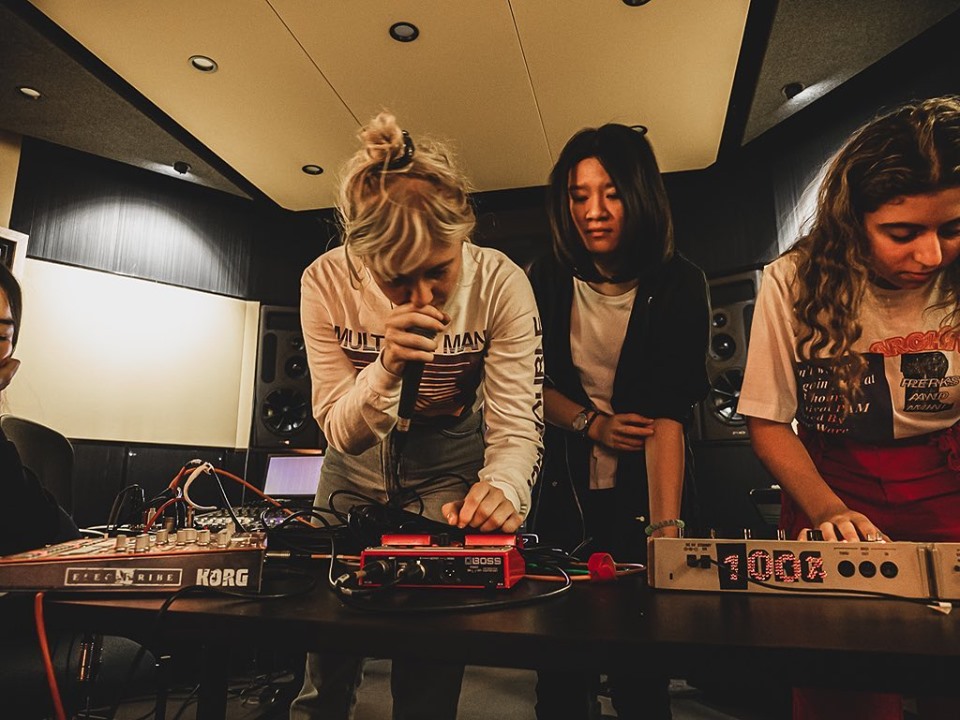
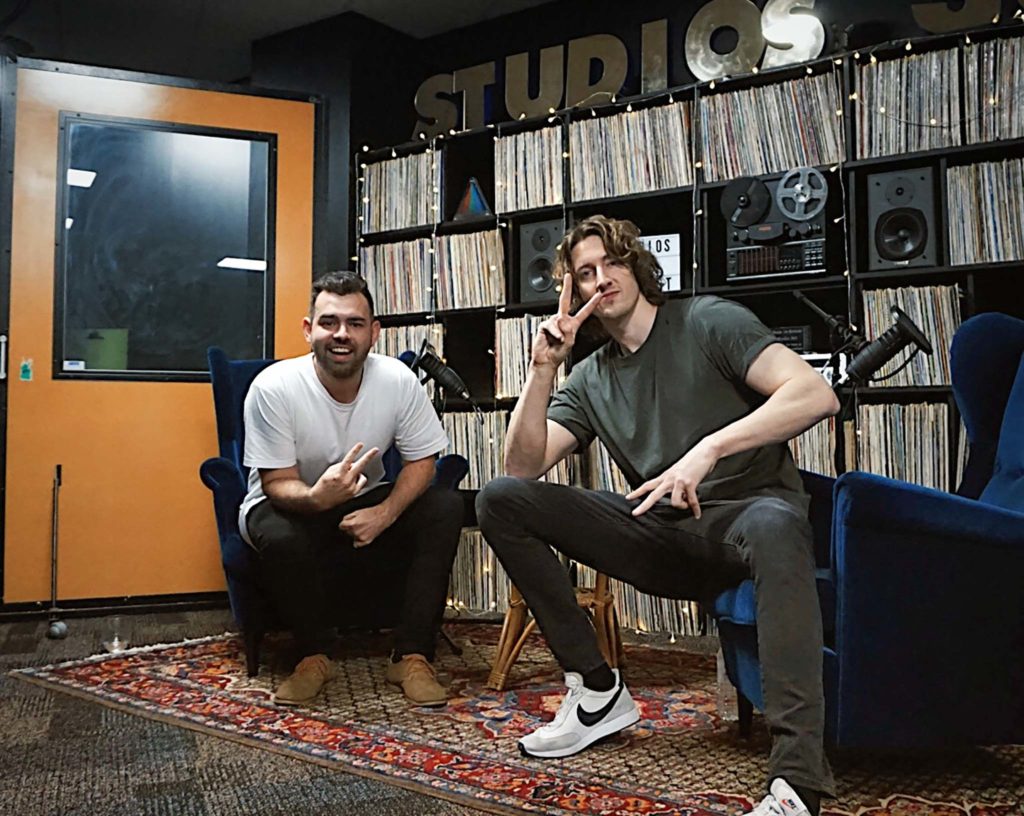

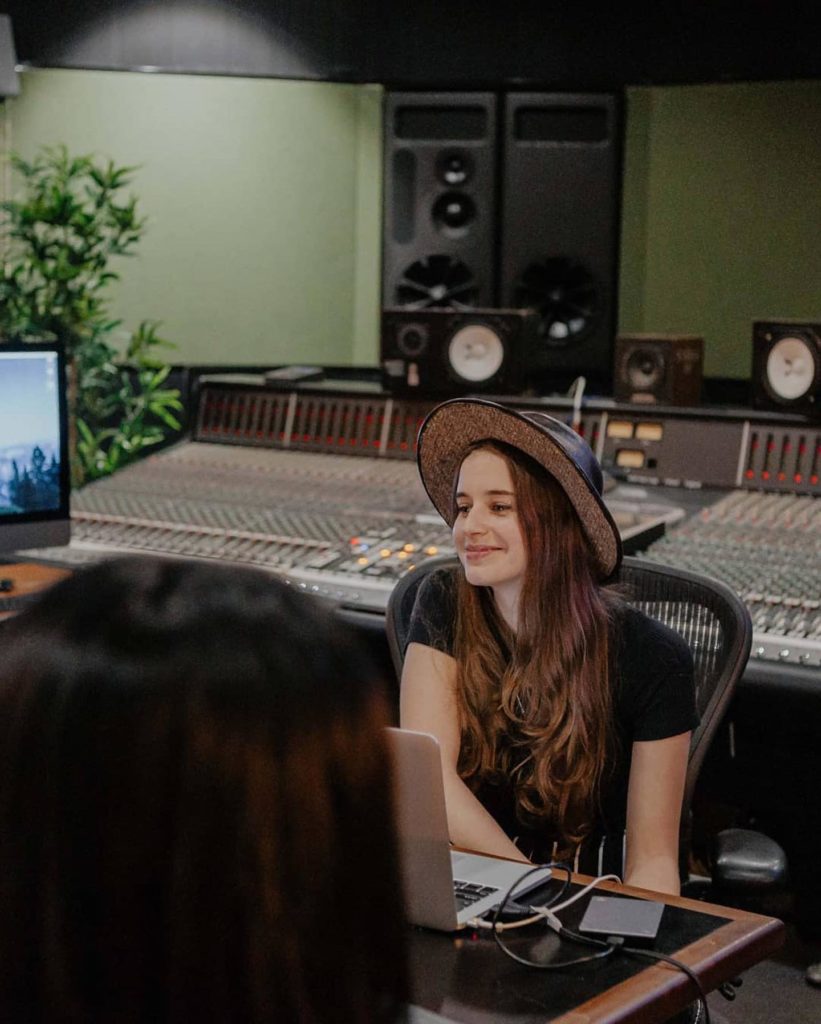
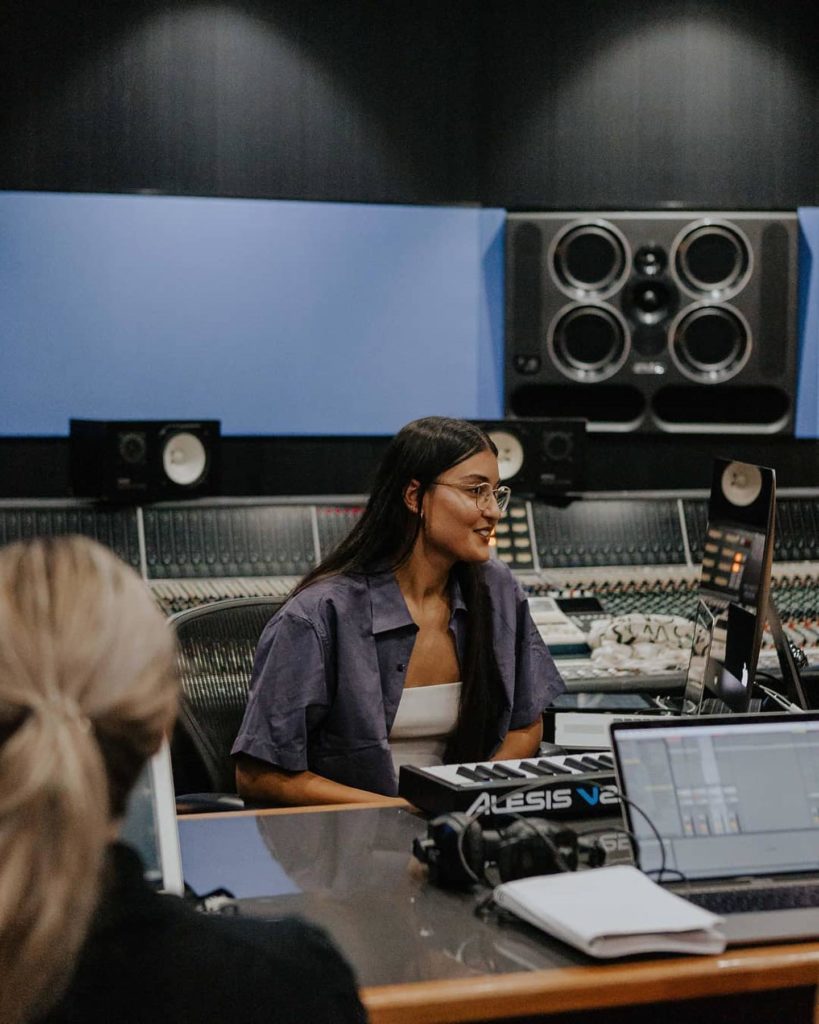

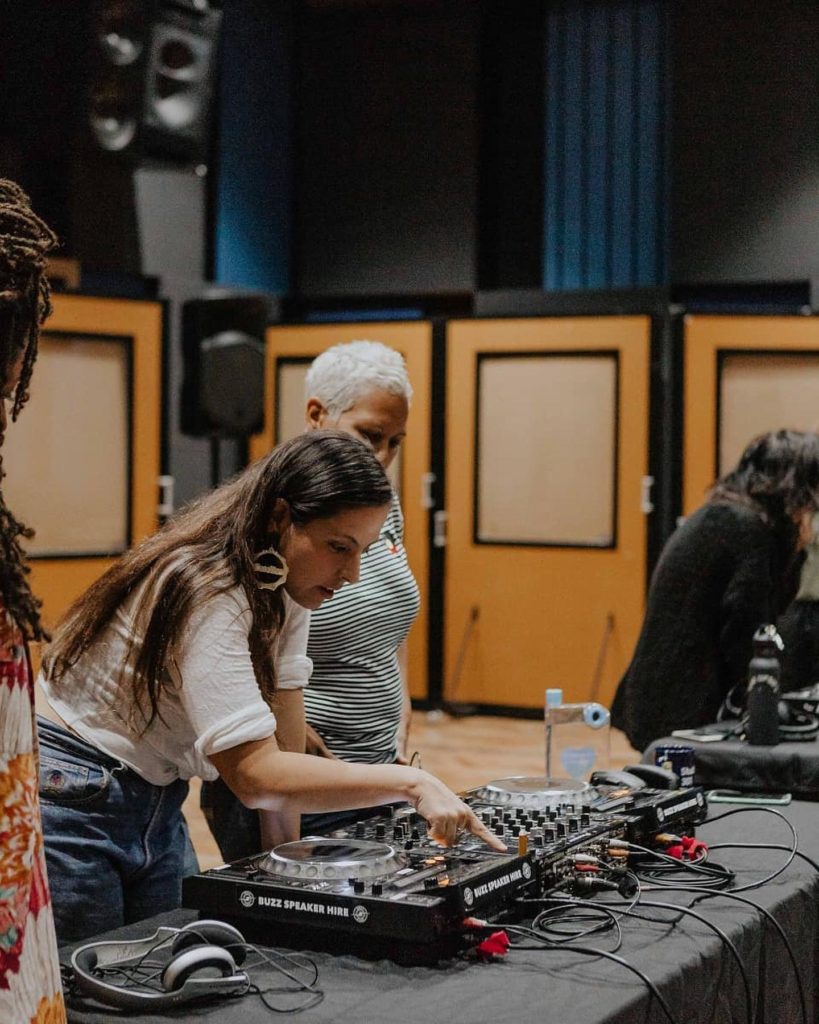
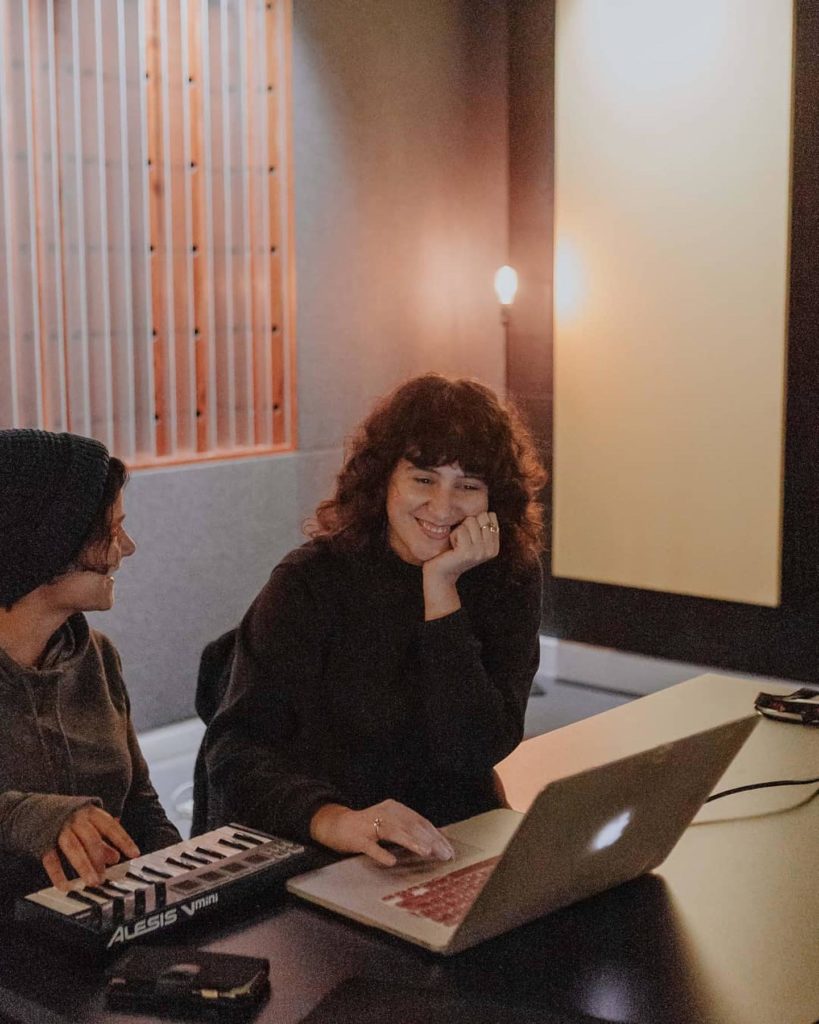

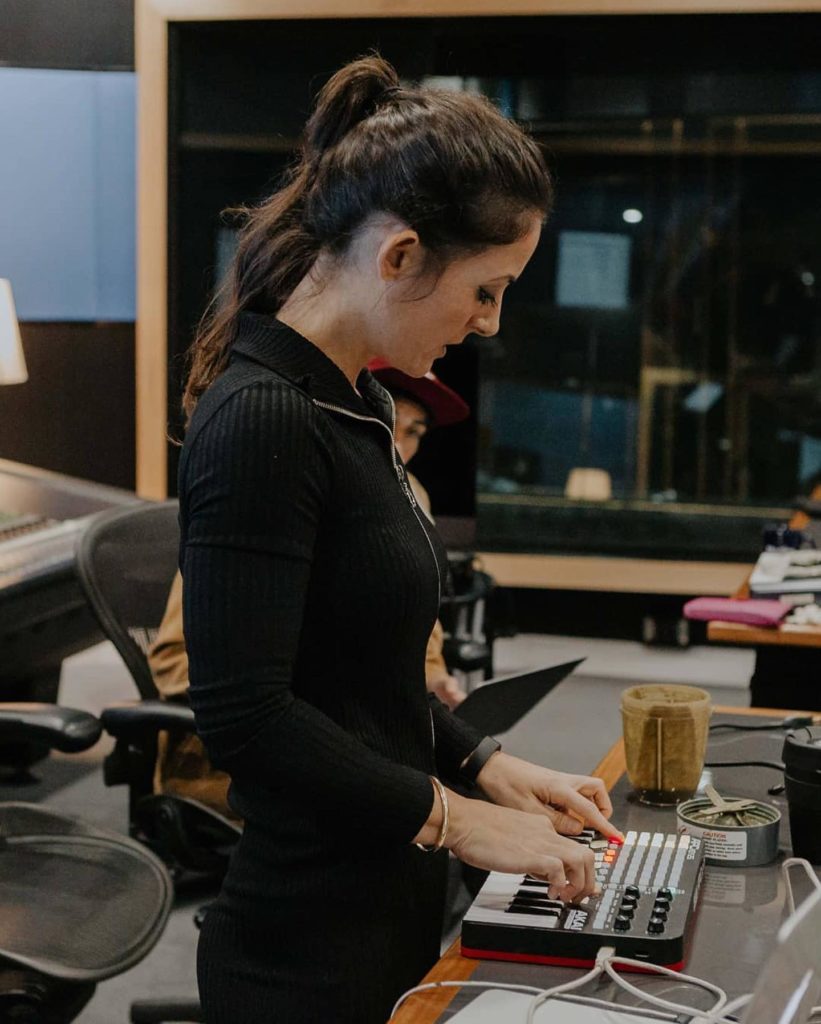
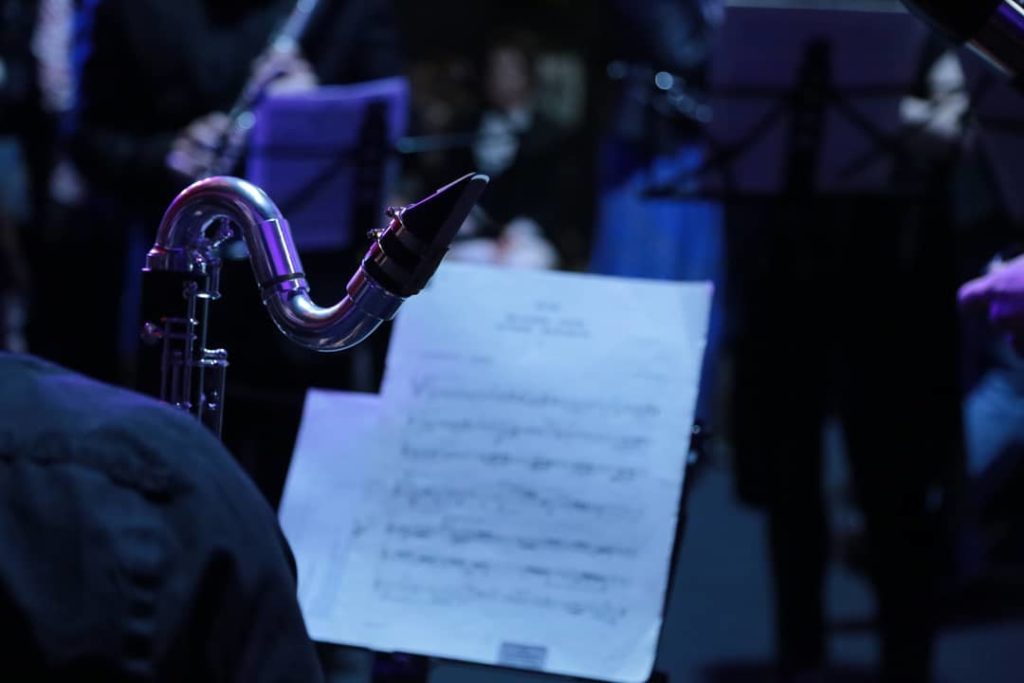

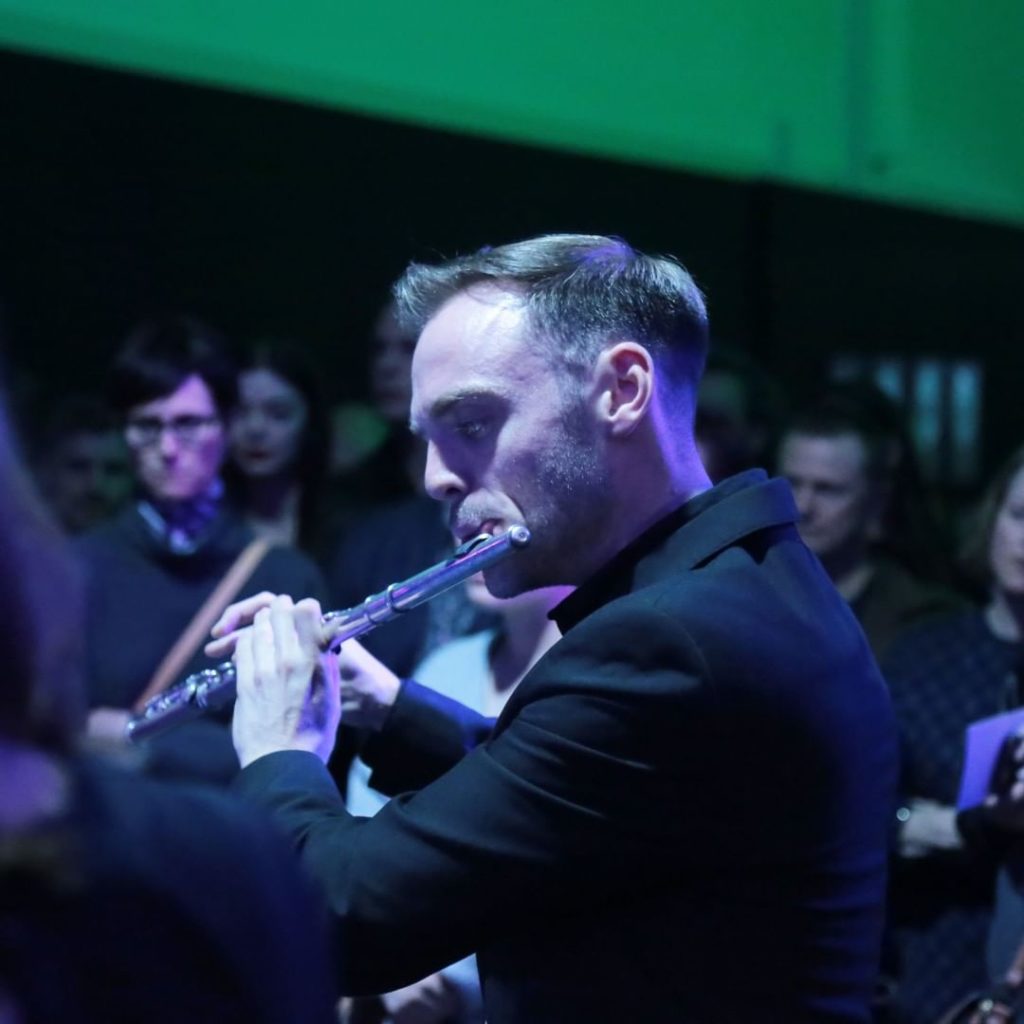

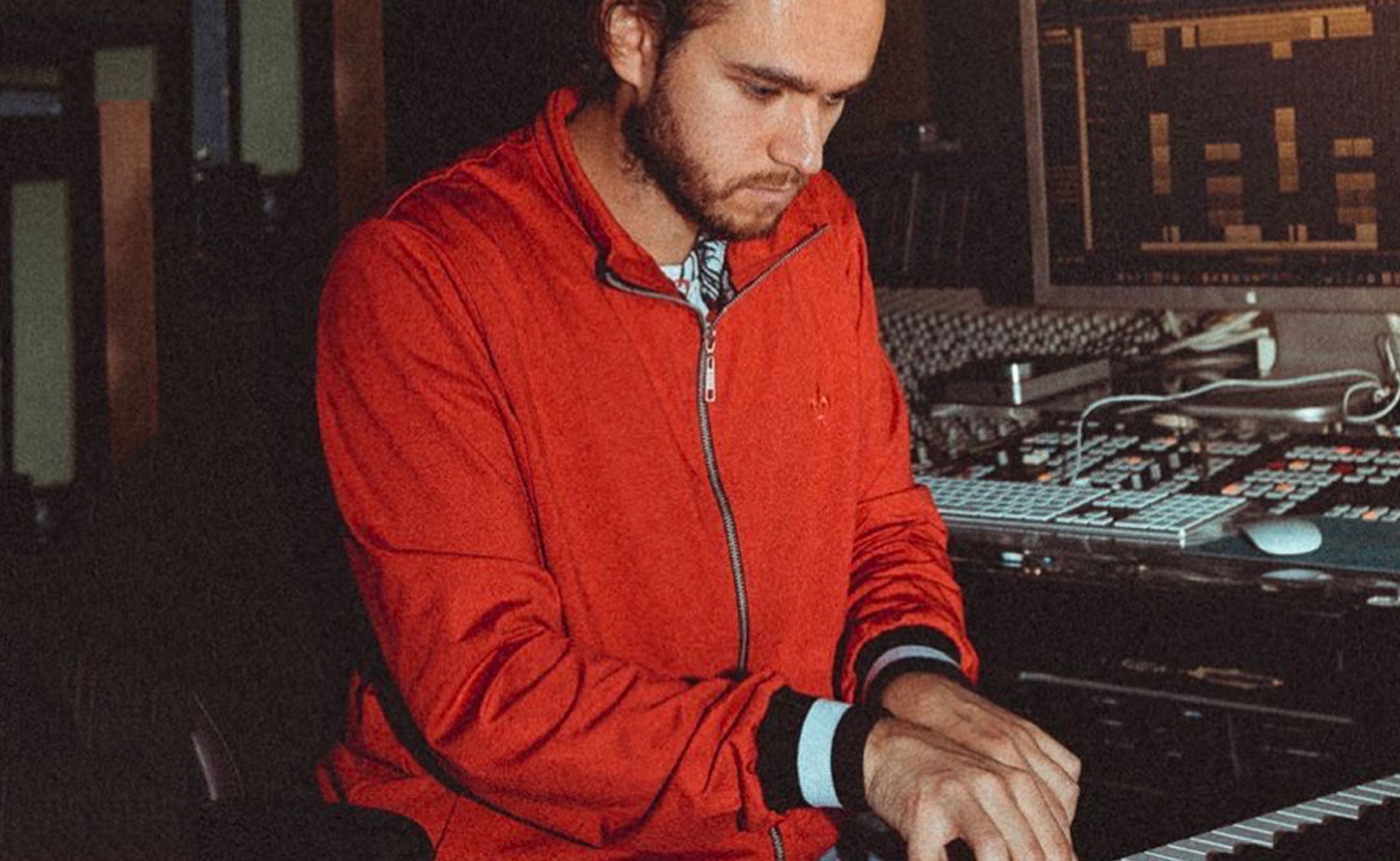

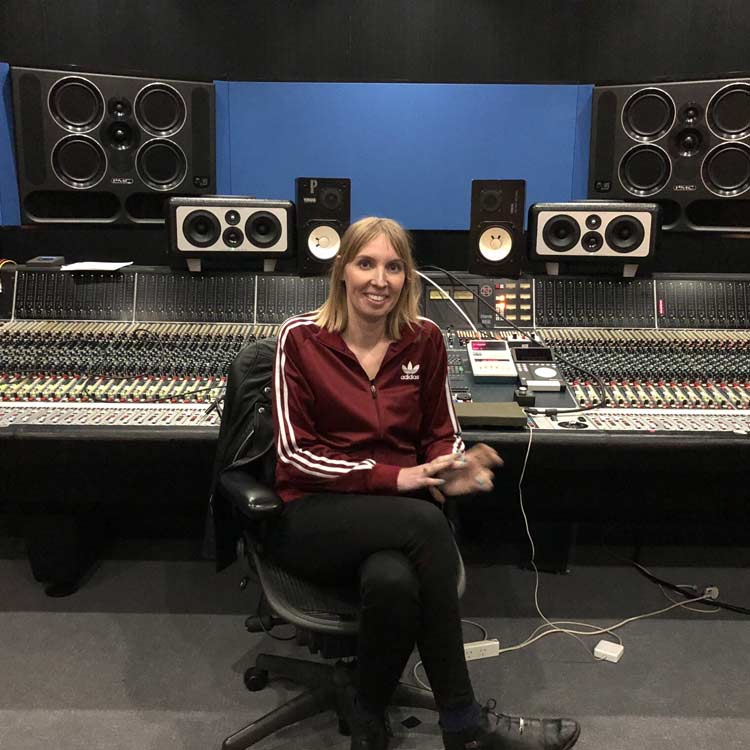

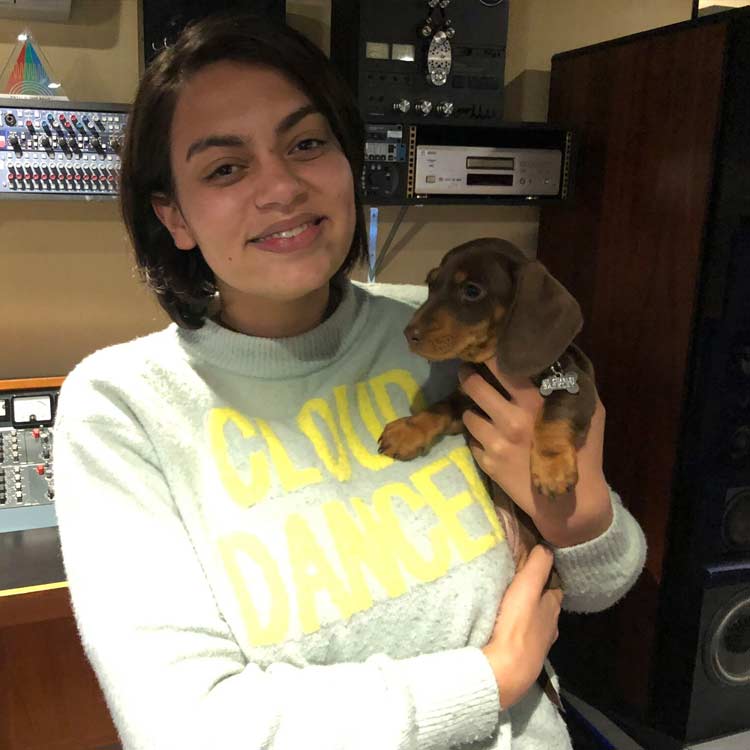

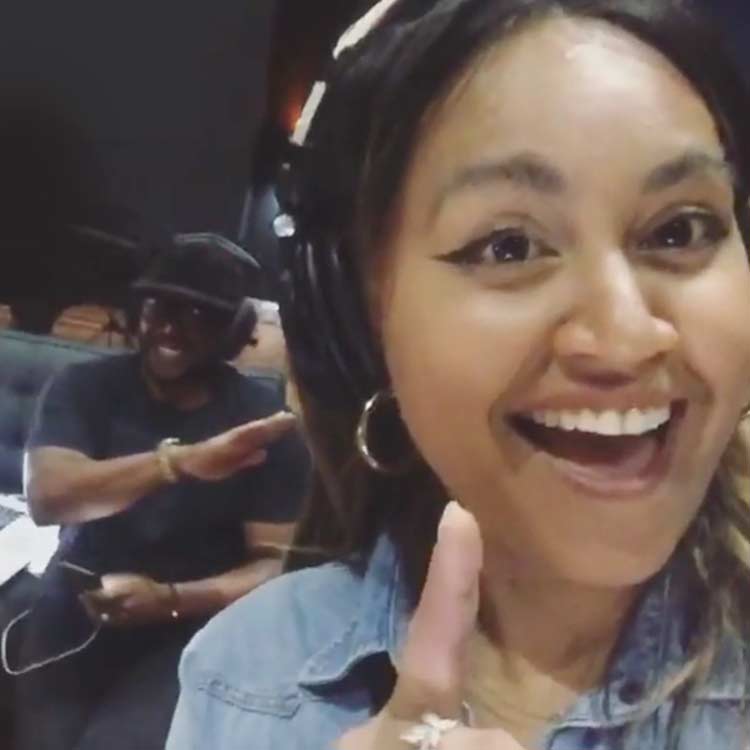


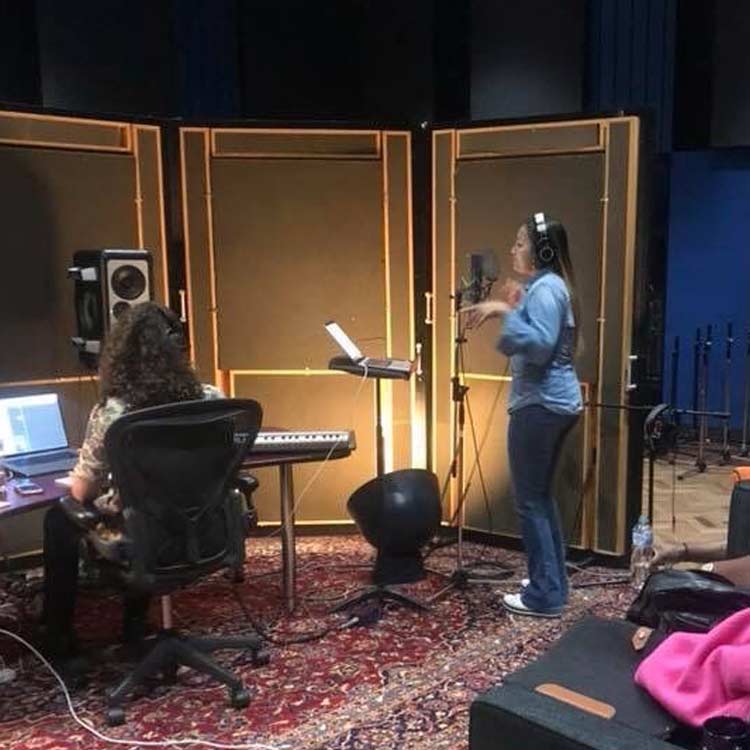
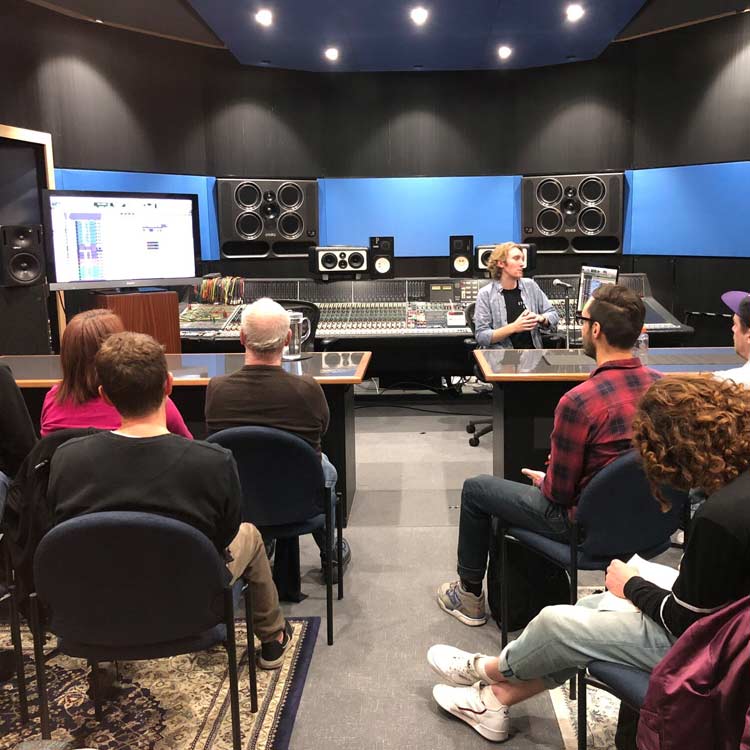

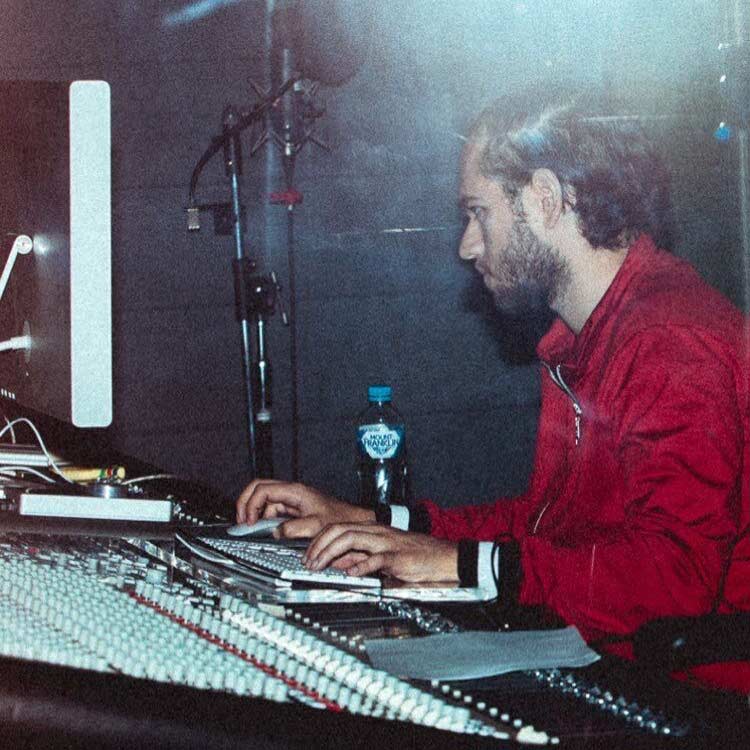

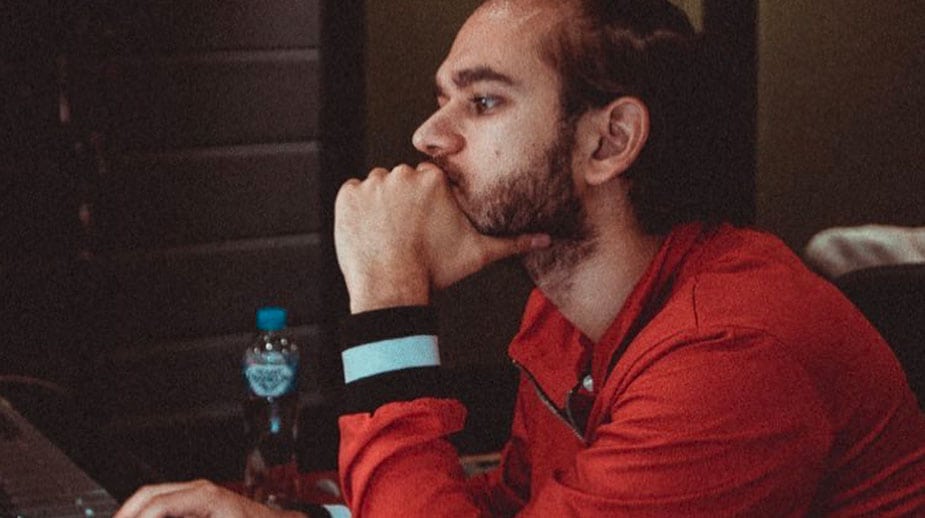
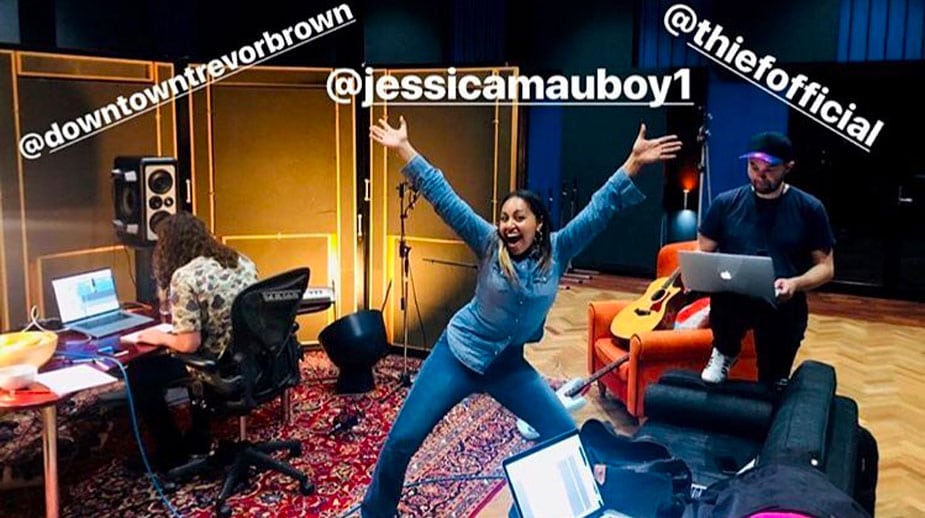

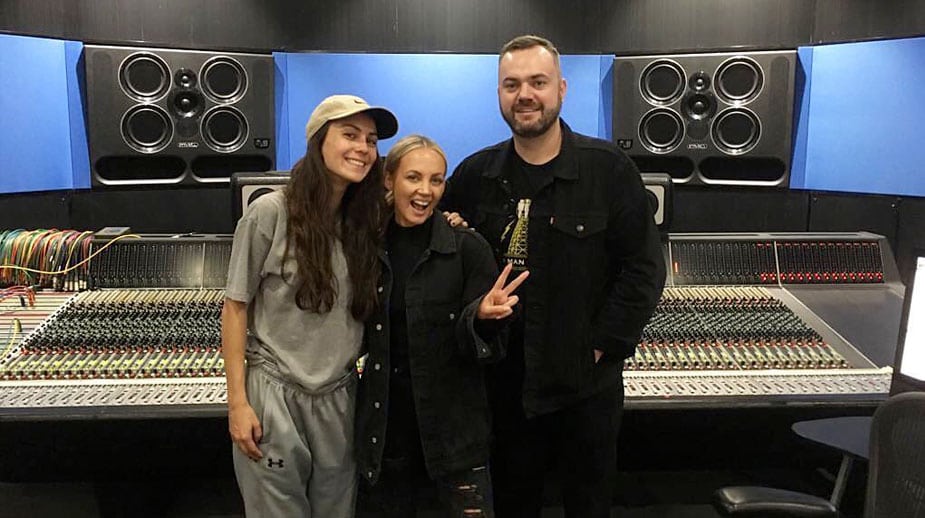
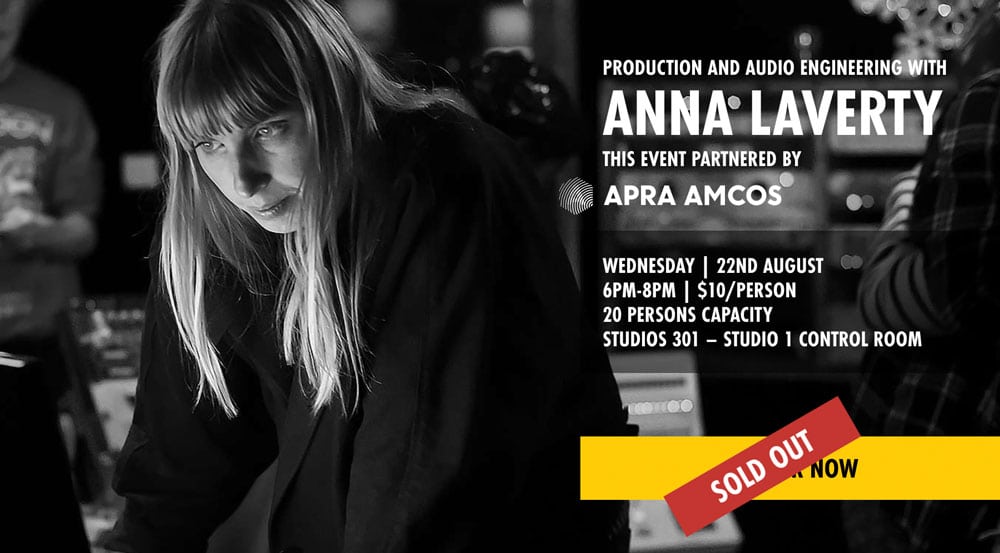



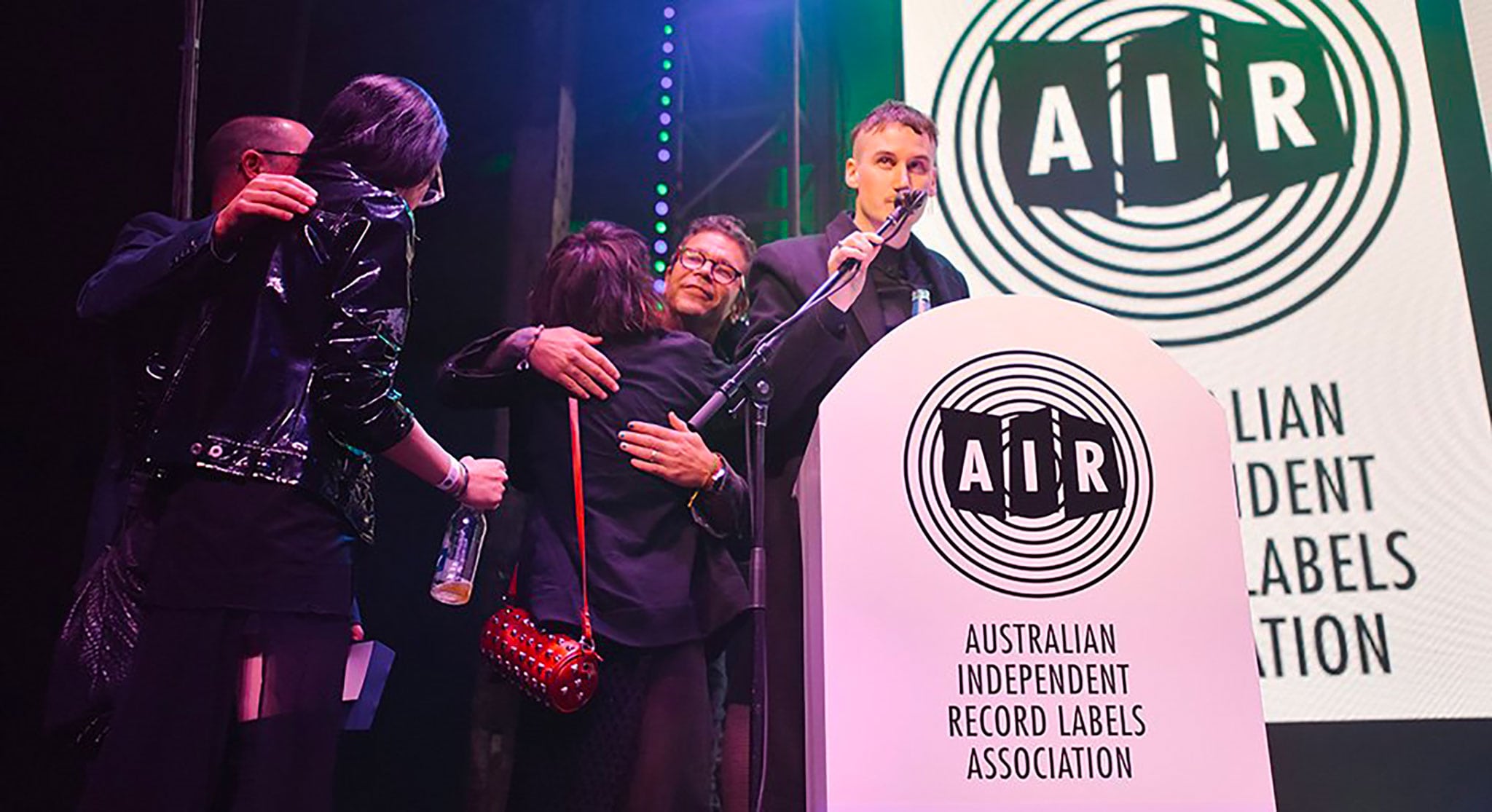
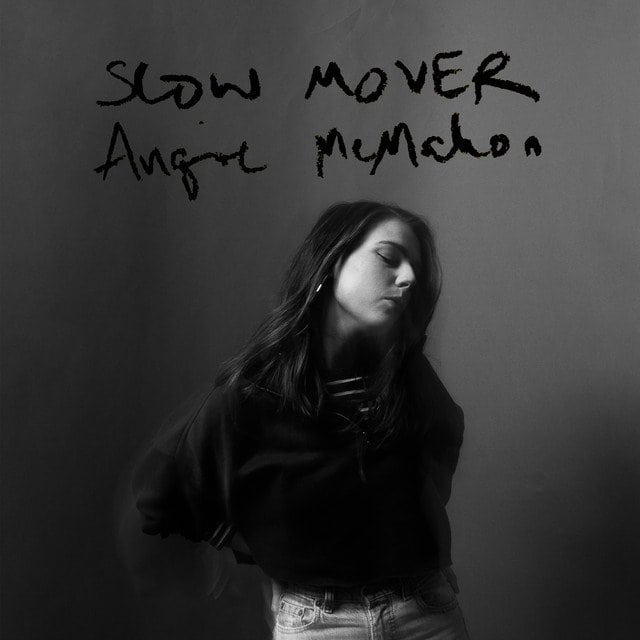


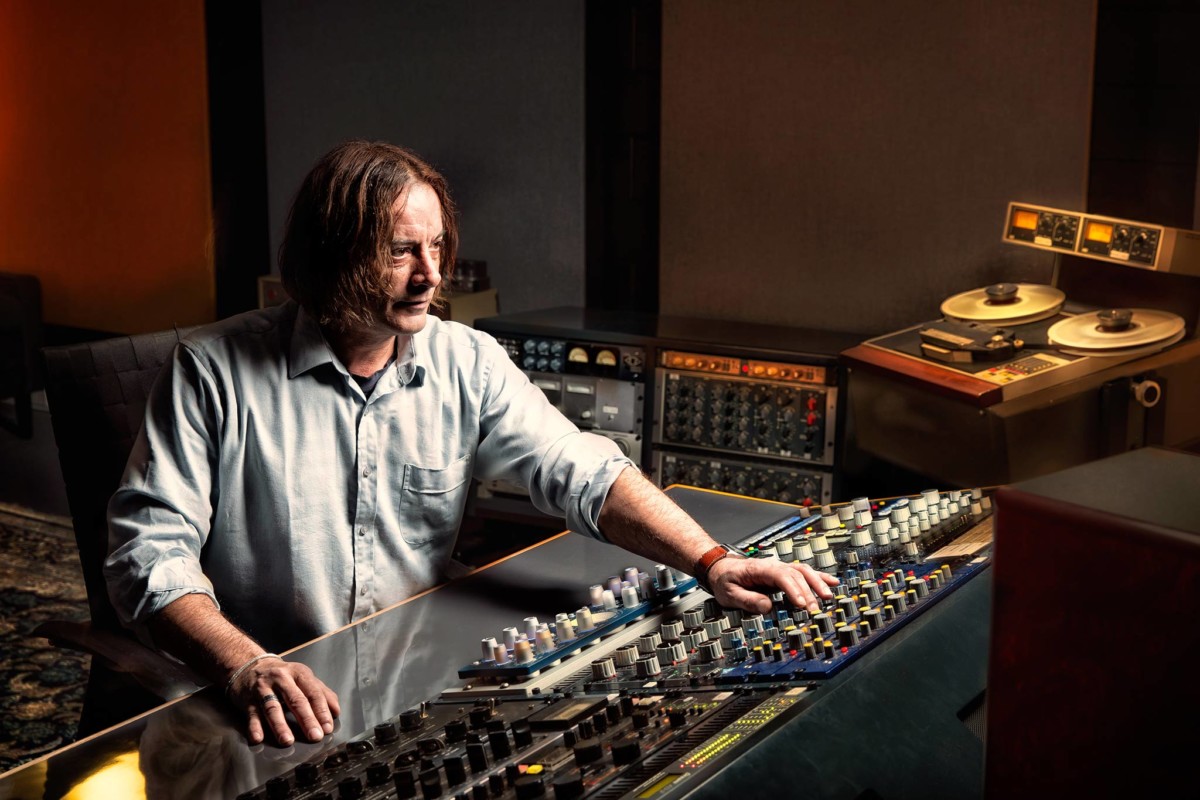
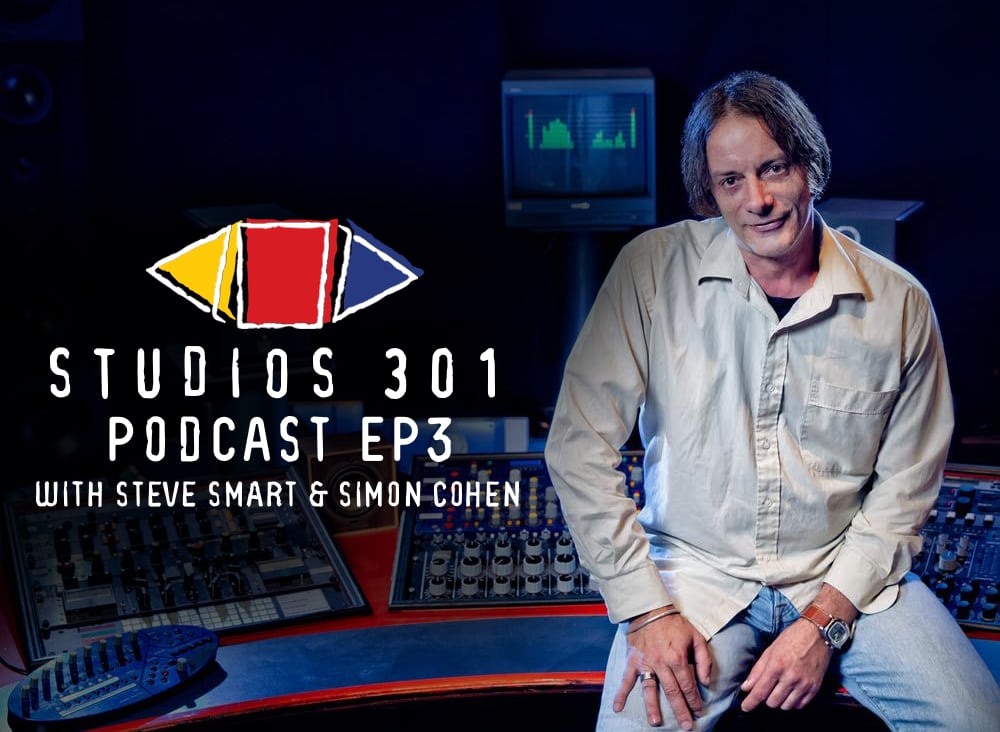

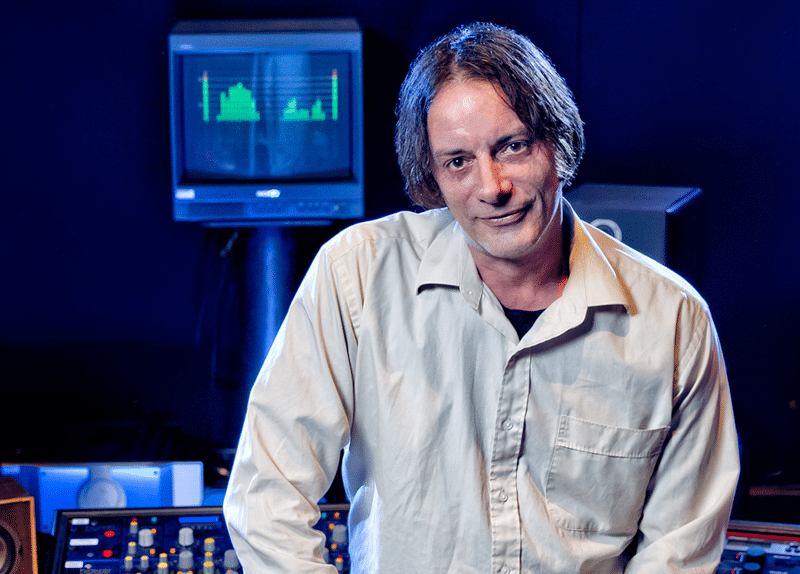




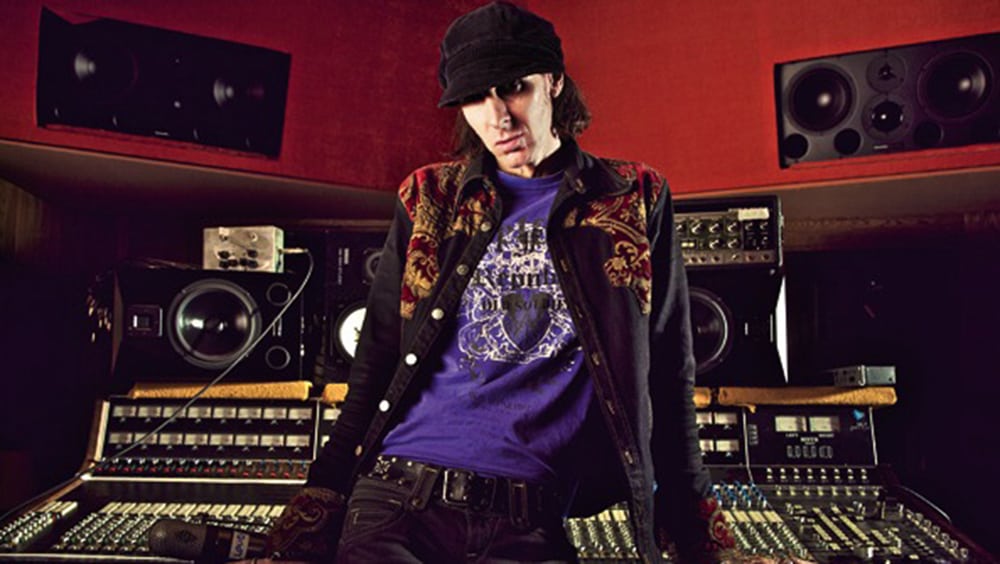
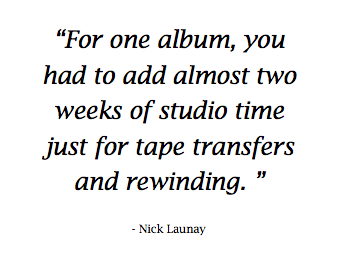
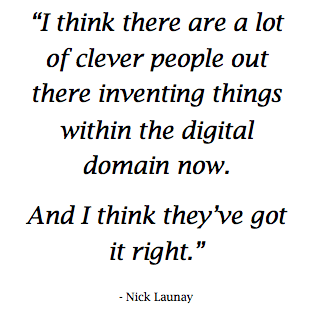 it and edited the tape to get the arrangement. Once I was absolutely certain that the arrangement of the song on the tape was brilliant, I would then stripe it with code, and I would then sync it up to Pro Tools and transfer everything into Pro Tools. Then I would continue all my overdubs in Pro Tools. So I’d do all my vocals and vocal comps and guitar takes – and then once I finished, I would sync it up again. When I came to mixing, I would sync up the original 24-track analogue up to Pro Tools and I would mix. So about 50% of what I was mixing was absolutely analogue, analogue, analogue, all original. So the drums, bass, and main guitars were the analogue and all my guitar, keyboards, overdubs, vocal comps, backing vocals, and strings sections would be on digital. I did that for many, many years, probably ten years.
it and edited the tape to get the arrangement. Once I was absolutely certain that the arrangement of the song on the tape was brilliant, I would then stripe it with code, and I would then sync it up to Pro Tools and transfer everything into Pro Tools. Then I would continue all my overdubs in Pro Tools. So I’d do all my vocals and vocal comps and guitar takes – and then once I finished, I would sync it up again. When I came to mixing, I would sync up the original 24-track analogue up to Pro Tools and I would mix. So about 50% of what I was mixing was absolutely analogue, analogue, analogue, all original. So the drums, bass, and main guitars were the analogue and all my guitar, keyboards, overdubs, vocal comps, backing vocals, and strings sections would be on digital. I did that for many, many years, probably ten years.